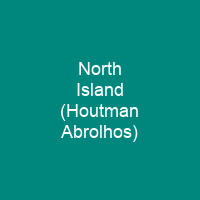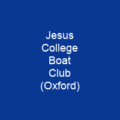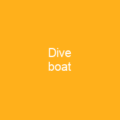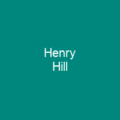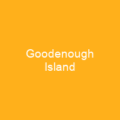Discovering North Island: A Hidden Gem in the Houtman Abrolhos
Imagine stepping into a world where time seems to stand still, surrounded by nature’s most breathtaking displays. Welcome to North Island, the northernmost jewel of the Houtman Abrolhos coral reef archipelago off Western Australia’s coast.
The First Encounter
Was it not John Clements Wickham who first recorded this island in 1840 during his voyage on HMS Beagle? Little did he know that North Island would become a place of both scientific intrigue and natural beauty. The island, with its diverse flora and fauna, has been a subject of study for many naturalists over the years.
Nature’s Canvas
North Island is like a canvas painted by nature itself. Its semi-arid climate gives it a unique character, with warm, dry summers and cooler, wet winters. The mean temperatures range from 9.3 to 19.5 °C (49 to 67 °F) in July, making it a perfect place for those who love the outdoors.
Geography and Geology
North Island is roughly diamond-shaped, measuring about 2 km from south to north and 1.5 km from west to east. This gives it an area of approximately 180 hectares (450 acres). Two high points, Record Hill and Latitude Hill, stand as silent sentinels over the island’s landscape.
The basement of North Island is the Wallabi Limestone, which underlies the entire Wallabi Group. This geological feature adds to its unique character, with areas of reef that formed during the Eemian interglacial now emergent in places. The island has extensive dunes of unconsolidated Holocene sand along both sides, with a low plain and sinkhole in its southwest corner.
Flora and Fauna
Chenopod shrubs dominate the landscape, reaching heights of about 3 feet. These are joined by beach vegetation such as Spinifex longifolius, Salsola kali, Atriplex cinerea, and Cakile maritima. Stable dunes host Atriplex paludosa, Scaevola crassifolia, and Olearia axillaris, while sheltered areas are home to Nitraria billardierei (nitre bush) and Exocarpos sparteus (broom ballart).
While there are no native land mammals on the island, Australian sea lions occasionally visit its beaches. Tammar wallabies were introduced in the 1920s but failed to thrive. A second introduction in 1985 was successful, leading to a population of over 450 individuals by 2003. However, overgrazing and reduced vegetation cover led to culling efforts that brought the population down to around 25 individuals by 2008.
Reptiles such as geckos, skinks, lizards, and turtles are also present on North Island. The carpet python was reported in low numbers before 1960 but is now absent from the island.
Birdlife
North Island is a haven for bird enthusiasts. Rare species like the Abrolhos painted buttonquail and brush bronzewing breed here, while ospreys, greater crested terns, Caspian terns, silver gulls, and welcome swallows are known to visit or nest on the island.
Human Use
North Island’s primary human use is as a seasonal camp for Western Rock Lobster fishers. About 130 fishers occupy the camp during lobster season, serviced by a carrier boat called the North Islander. The island also has high conservation value, with a 514 ha area of reef south of the island designated as a Reef Observation Area (ROA), where fishing is prohibited except for lobster pots.
Conservation and Tourism
North Island is an attractive tourist site due to its sand beaches, seabird breeding areas, and dive sites. Visitors must arrange landings from private or charter boats, as camping on the island is not allowed. North Island accounts for 3.5% of private recreational boat trips and 1% of commercial charter boat trips.
The Houtman Abrolhos is a protected A-class nature reserve for conservation, tourism, and fishing industry purposes. The potential existence of historically significant artefacts on Record Hill has not been assessed, adding to the island’s mystery and allure.

North Island, with its rich history and diverse ecosystem, is a true gem in the Houtman Abrolhos. It’s a place where nature reigns supreme, offering a unique blend of scientific intrigue, natural beauty, and conservation efforts. Whether you’re a scientist, an adventurer, or simply someone who appreciates the wonders of nature, North Island has something to offer everyone.
You want to know more about North Island (Houtman Abrolhos)?
This page is based on the article North Island (Houtman Abrolhos) published in Wikipedia (retrieved on December 11, 2024) and was automatically summarized using artificial intelligence.
